
Stepping into the world of classic cinema can feel a bit like opening a time capsule. Before the days of streaming binges and CGI blockbusters, there was a Golden Age of Hollywood, stretching from the roaring 1920s to the swinging early 1960s. This incredible era gave us many of the most important and influential movies ever made, shaping and defining what modern filmmaking would become. For anyone curious about these foundational masterpieces, there’s a whole universe of storytelling just waiting to be explored, proving that some stories truly are timeless.
These films aren’t just old relics; they are crucial, yet approachable works that are still widely celebrated and referenced today. They offer a fascinating glimpse into the filmmaking techniques and cultural attitudes of their time, effortlessly transporting audiences to a different era. From fantastical journeys to gripping dramas and heartwarming tales, these classics demonstrate the enduring power of storytelling, performance, and groundbreaking visual styles that continue to influence contemporary cinema.
So, if you’re a budding cinephile ready to dive into the rich tapestry of film history, you’ve come to the right place. We’ve curated a list of ten essential classic movies perfect for beginners – films that are not only iconic and accessible but have also firmly stood the test of time. Get ready to experience some of the most memorable characters, unforgettable lines, and breathtaking cinematic moments that continue to captivate audiences worldwide.

1. **Casablanca (1943)**“Here’s looking at you, kid.” That immortal line is just one of the many reasons why, over 80 years after its premiere, *Casablanca* remains one of the most quotable, well-written, and undeniably romantic movies ever made. Often hailed as one of the greatest films ever, this romantic drama is set against the tumultuous backdrop of World War II, a time of uncertainty and profound moral dilemmas. It masterfully weaves a tale of love, sacrifice, and duty that continues to resonate with viewers.
At its heart, the film follows Rick Blaine (Humphrey Bogart), an American expatriate who owns a popular nightclub in the titular Moroccan city. His world, and his cynical demeanor, are dramatically shaken when his former lover, Ilsa Lund (Ingrid Bergman), walks into his club. She’s not alone; she’s with her husband, Victor Laszlo (Paul Henreid), a renowned resistance leader desperately seeking safe passage to America to continue his fight against the Nazis. Suddenly, Rick finds himself holding the key to their escape, torn between his unresolved feelings for Ilsa and the greater cause.
*Casablanca* is a perfect example of a lightning-in-a-bottle movie, where every element seamlessly coalesces to create an undeniable masterpiece. The screenplay is often cited as flawless, and the on-screen chemistry between Bogart and Bergman is simply incredible, making their love triangle incredibly gripping. Rick’s moral dilemma—his choices during the war and the drama of a love he couldn’t avoid—were compelling then and remain so today, solidifying its status as a must-see for anyone just getting into the greatest hits of the Golden Age of Hollywood. Its memorable lines, engaging characters, and eternal issues of sacrifice and honor make it a truly great beginning to classic Hollywood films.
This film, with its tight script and impeccable timing, offers new audiences a profound story that touches on themes of love, loss, and the personal sacrifices made during wartime. It’s a powerful narrative that proves how individual stories can become deeply intertwined with global events, delivering a cinematic experience that is both historically significant and emotionally potent.
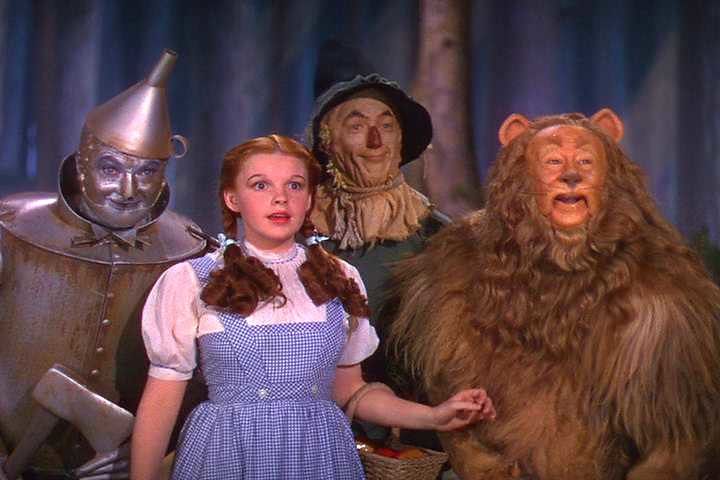
2. **The Wizard of Oz (1939)**Director Victor Fleming’s *The Wizard of Oz* is more than just a beloved classic; it’s a magical musical fantasy that redefined fantasy filmmaking and continues to enthrall audiences of all ages. This vibrant film whisks Dorothy Gale (Judy Garland), a young girl from Kansas, away from her black-and-white farm life and into the breathtaking, technicolor world of Oz after a tornado strikes. Her quest to find the powerful Wizard of Oz (Frank Morgan) to help her return home forms the basis of an unforgettable adventure.
Along her journey down the Yellow Brick Road, Dorothy makes new, iconic friends: the Scarecrow (Ray Bolger), who yearns for a brain; the Tin Man (Jack Haley), who desires a heart; and the Cowardly Lion (Bert Lahr), who seeks courage. Together, they face challenges, including the Wicked Witch of the West (Margaret Hamilton), and discover the true meaning of friendship and inner strength. The film’s irrepressible songs, including Garland’s poignant rendition of “Over the Rainbow,” quickly became cornerstones of that era of Hollywood, and indeed, cinematic history.
While *The Wizard of Oz* may not have been the *very first* film to use Technicolor, it was undoubtedly the one that brought this revolutionary technology to a wider audience, signaling a new era in cinema. The visually striking world it created was unparalleled, showcasing vibrant hues that burst from the screen and left an indelible mark on audiences. Its pioneering application of Technicolor, coupled with its warm and enduring story, has made it a timeless favorite that every newcomer simply must see.
Despite premiering in 1939, the lasting magic of Oz continues to touch and delight modern audiences. Beyond its technical brilliance, the film presents an equally impressive tale of courage, friendship, and the realization that sometimes, the most profound answers lie within ourselves. It’s an accessible entry point into classic musicals and fantasy, demonstrating the sheer joy and innovative spirit of early Hollywood.
Read more about: The Price of Early Stardom: 12 Child Actors Whose Careers Took a Tumultuous Turn After One Unforgettable Role
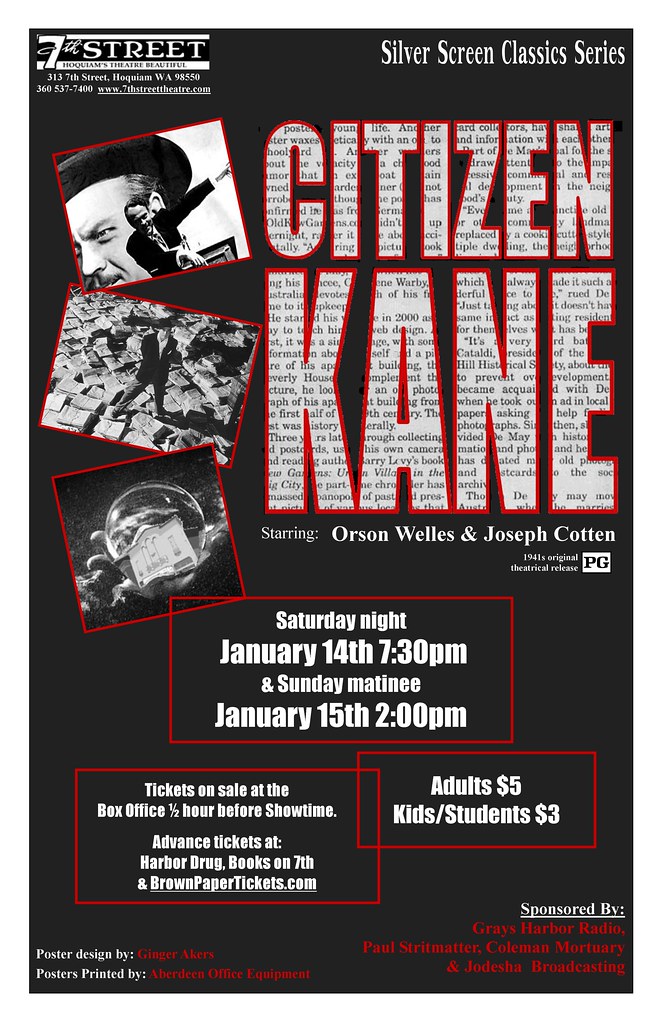
3. **Citizen Kane (1941)**“Rosebud.” That single, mysterious word has had an indelible effect on cinematic history, with Charles Foster Kane (Orson Welles) now remembered as one of the most important characters in film. Regularly voted as the best film ever made, *Citizen Kane* delves into the complex life of a wealthy and influential newspaper tycoon, using groundbreaking new techniques in storytelling and cinematography that were revolutionary for its time. Directed by and starring Welles, this quasi-biographical movie chronicles the protagonist’s rise and fall, with his story unfolding as a series of flashbacks triggered by that enigmatic final word.
Reporter Jerry Thompson (William Alland) embarks on a mission to understand the meaning of “Rosebud,” interviewing those who knew Kane intimately, including his best friend and wife. This quest unravels a layered narrative, painting a portrait of a man who seemingly had everything but died alone. The film’s non-linear structure, where events are presented out of chronological order, was a daring choice that challenged traditional filmmaking norms and pushed the boundaries of cinematic storytelling.
*Citizen Kane*’s narrative and visual techniques, which are common now, were pioneering in their time and helped make what are now tropes possible in filmmaking. From its innovative use of nonlinear storytelling and groundbreaking expository devices to its deep-focus cinematography and distinct lighting, the 1941 movie would influence countless filmmakers and reshape the future of cinema. It was a masterclass in filmmaking, demonstrating how camera angles, shadows, and editing could be used to convey psychological depth and thematic meaning in unprecedented ways.
Although it is possibly more complicated than some other classics due to its innovative structure, *Citizen Kane* is a must-watch for anyone interested in the history of cinema. Beyond its technical innovations, it also delivered an innovative character-driven story that embraced existentialism while serving as a scathing critique of media sensationalism. It’s a profound exploration of power, corruption, and the elusive nature of truth, proving that films can be both art and social commentary.
Read more about: Ahead of Their Time: 14 Cinematic Gems That The Box Office Ignored But Are Now Legendary

4. **Psycho (1960)**Alfred Hitchcock’s *Psycho* is not just a classic thriller; it’s a landmark film that profoundly revolutionized the horror genre and cinema as a whole. This chilling masterpiece begins with a seemingly simple premise: a fleeing secretary, Marion Crane (Janet Leigh), who embezzles money from her employer in hopes of starting a new life with her boyfriend. While on the run, she makes a fateful stop at the secluded Bates Motel, managed by the strange Norman Bates (Anthony Perkins), who lives with his domineering mother in the house overlooking the motel. It soon becomes horrifyingly clear that resting there was a grave mistake.
There was horror before *Psycho*, and then there was horror after. The 1960 film pushed the limits as to what kind of sexuality, deviance, and violence could be portrayed on the big screen, shattering conventions and leaving audiences stunned. Its shocking twists, particularly the infamous shower scene, became instant mainstays in popular culture and had a profound ripple effect on the genre, inspiring countless subsequent narratives and techniques that took direct inspiration from the film’s audacity and brilliance.
Hitchcock’s direction is what truly elevated *Psycho* to legendary status. The filmmaker infused every second with palpable suspense and an eerie atmosphere that makes its most shocking moments even more effective. His masterful use of editing, sound, and framing creates an unbearable tension that grabs the viewer and never lets go. This movie is an excellent means of discovering classic suspense and psychological horror, brilliantly highlighting Hitchcock’s unparalleled mastery in crafting tension and delivering unforgettable scares.
Watching *Psycho* as a beginner offers a thrilling introduction to how cinema can manipulate emotions and expectations. It’s a meticulously crafted psychological thriller that continues to challenge and disturb viewers, showcasing the power of suggestion and the darker aspects of human nature. Prepare to be on the edge of your seat, as this film’s impact on storytelling and the art of suspense cannot be overstated.
Read more about: Splash Hits: 15 Iconic Movie Swimsuit Moments That Made Waves (And History!)
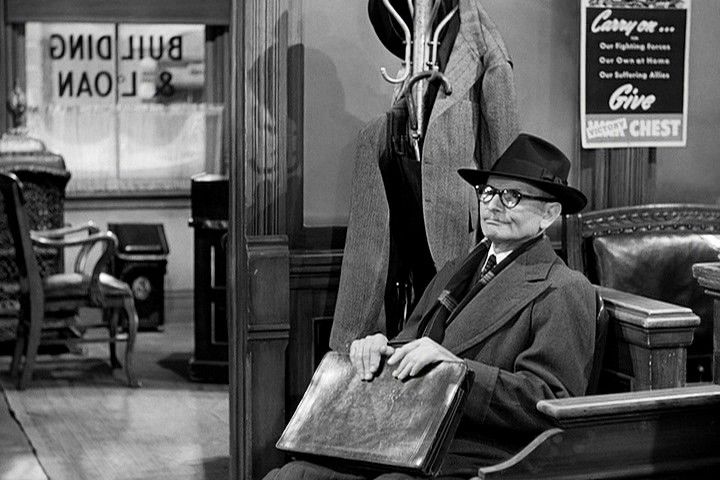
5. **It’s a Wonderful Life (1946)**Directed by Frank Capra, *It’s a Wonderful Life* is a timeless holiday classic that never fails to warm the heart, making it a film many families still watch together on Christmas Eve. This poignant story centers on George Bailey (James Stewart), a kindhearted man in the small town of Bedford Falls who, on Christmas Eve, faces a financial crisis that could lead to his arrest and ruin his life’s work. In despair, he contemplates suicide, believing he’s worth more dead than alive.
However, a guardian angel named Clarence Odbody (Henry Travers) intervenes, showing George how profoundly different the world would be if he had never been born. Through this eye-opening journey, George sees the lives of his loved ones and his community without his positive influence. This fantastical element serves to highlight the immense value of the small, everyday things people do and the far-reaching impact one individual’s existence can have on the lives of those around them.
Both a tear-jerking and uplifting classic, *It’s a Wonderful Life* underscores the powerful message of community, compassion, and the preciousness of life. As George realizes the profound impact he has had, he discovers how truly important his own existence is. This heartwarming realization culminates as the townspeople come together in a moving display of support, offering a wholesome and inspiring conclusion to a story that’s bound to be cherished for generations to come.
This film remains a timeless favorite that continues to appeal to audiences across all generations, embodying the spirit of hope and human connection. Its accessible narrative and universal themes make it perfect for beginners, offering a comforting yet deeply moving experience that celebrates the simple joys and profound significance of life’s everyday moments. It’s a beautiful reminder that every life touches many others, and that no one is a failure who has friends.
Our cinematic adventure continues, inviting you deeper into the rich tapestry of film history. Having explored some foundational masterpieces, we’re now ready to uncover five more essential classics that not only showcase unique contributions to cinema but also offer lasting cultural impact, all while providing practical advice to help you truly appreciate the art of film. Get ready to expand your watchlist with these incredible, must-see movies that continue to inspire and entertain.
Read more about: Ahead of Their Time: 14 Cinematic Gems That The Box Office Ignored But Are Now Legendary
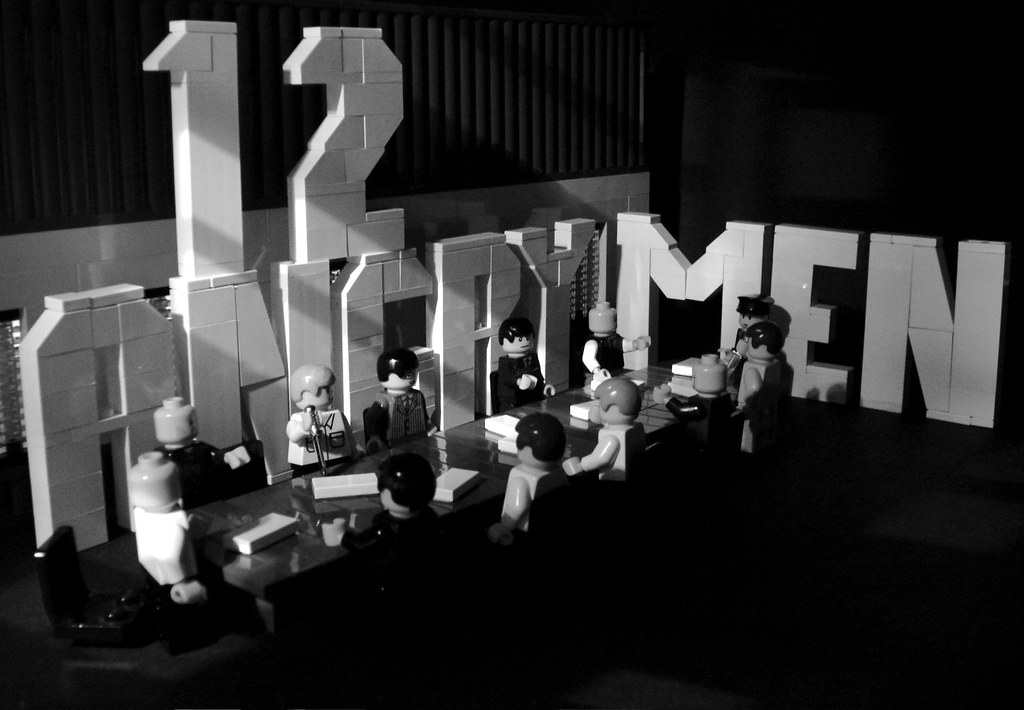
6. **12 Angry Men (1957)**Imagine being locked in a room with eleven strangers, tasked with deciding a young man’s fate. That’s the intense premise of *12 Angry Men*, a suspenseful court drama that brilliantly unfolds entirely within the confines of a jury deliberation room. This film throws you right into the heart of the justice system, exploring the intricacies of human bias and the weight of moral responsibility with every spoken word.
What truly makes this movie a standout is its reliance on tense dialogue and a character-driven narrative to examine profound issues. It delves deep into themes of justice, prejudice, and moral obligation, showing how different perspectives and reasoned arguments can challenge preconceived notions. There are no flashy special effects here, just raw, compelling human interaction.
With its close quarters and excellent performances, *12 Angry Men* is a thrilling film that magnificently emphasizes the storytelling power of dialogue. It proves that you don’t need sprawling landscapes or explosive action to create gripping cinema; sometimes, all you need are compelling characters and a powerful script. It’s a masterclass in how much can be achieved with minimal setting and maximum tension, making it a powerful watch for any budding cinephile.
Read more about: You Need to Add These 14 Seriously Awesome Classic Movies to Your Watchlist ASAP!
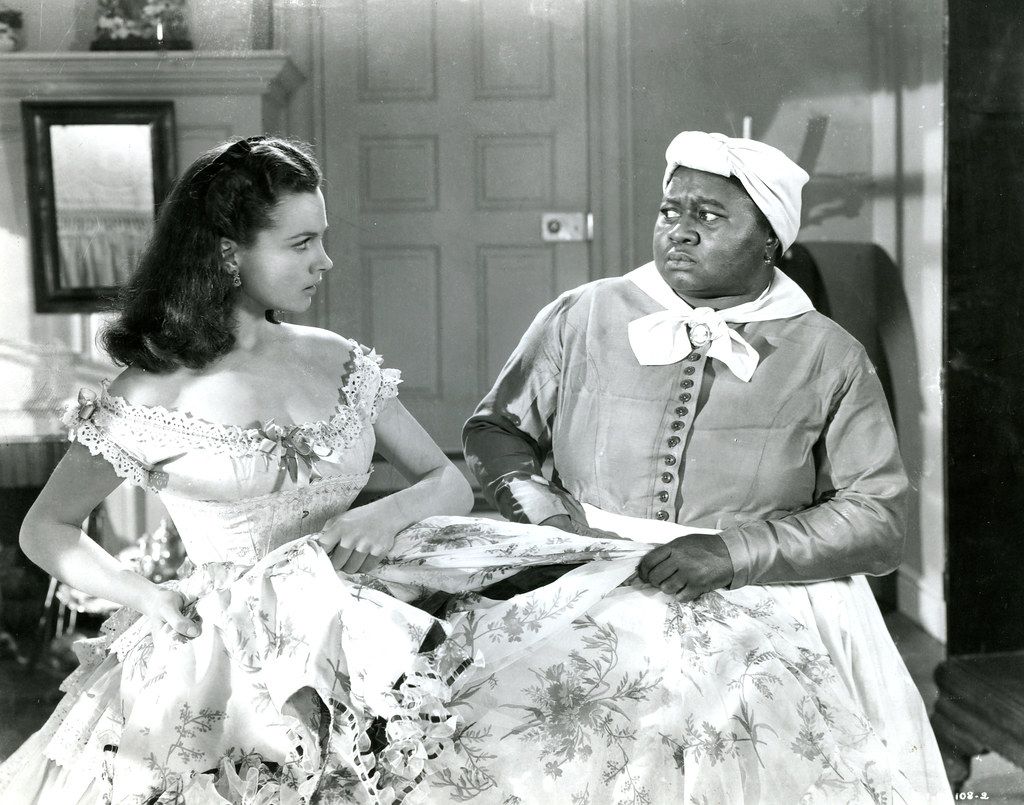
7. **Gone with the Wind (1939)**Prepare for an epic on a grand scale with *Gone with the Wind*, a sweeping historical romance set against the tumultuous backdrop of the American Civil War and Reconstruction era. This film primarily follows the formidable Scarlett O’Hara, portrayed unforgettably by Vivien Leigh, a strong-willed daughter of a wealthy Georgia plantation owner. Her tumultuous journey includes a failed pursuit of romance with Ashley Wilkes and a passionate, yet turbulent, relationship with Rhett Butler, played by the iconic Clark Gable.
Director Victor Fleming’s adaptation of Margaret Mitchell’s 1936 novel is a truly monumental undertaking, reflected in its nearly four-hour runtime, making it one of the longest Hollywood movies ever made. It’s revered for its grand cinematography, which truly captures the vastness of the era, and for the iconic performances that bring its complex characters to life. It’s a spectacle of its time, showcasing the sheer ambition of Golden Age Hollywood filmmaking.
It is, of course, essential to acknowledge the film’s controversial portrayal of the Antebellum South and slavery, which has, without question, aged poorly. However, for those interested in film history, it undeniably provides a fascinating glimpse into the filmmaking techniques and cultural attitudes of the 1930s. Moreover, Clark Gable’s infamous line, “Frankly, my dear, I don’t give a damn,” has solidified its place as a permanent part of cinematic history, echoing through generations of film lovers.
Despite its problematic elements, the sheer dramatic content and immense cultural impact of *Gone with the Wind* undeniably cement its status as an obligatory classic. It’s a film that demands discussion, offering insights into both the grandeur and the complexities of historical cinema, making it a significant, albeit challenging, watch for beginners.
Read more about: Step Back in Time: Discover the 11 Most Glamorous Old Hollywood Actresses Who Defined an Era of Iconic Style!
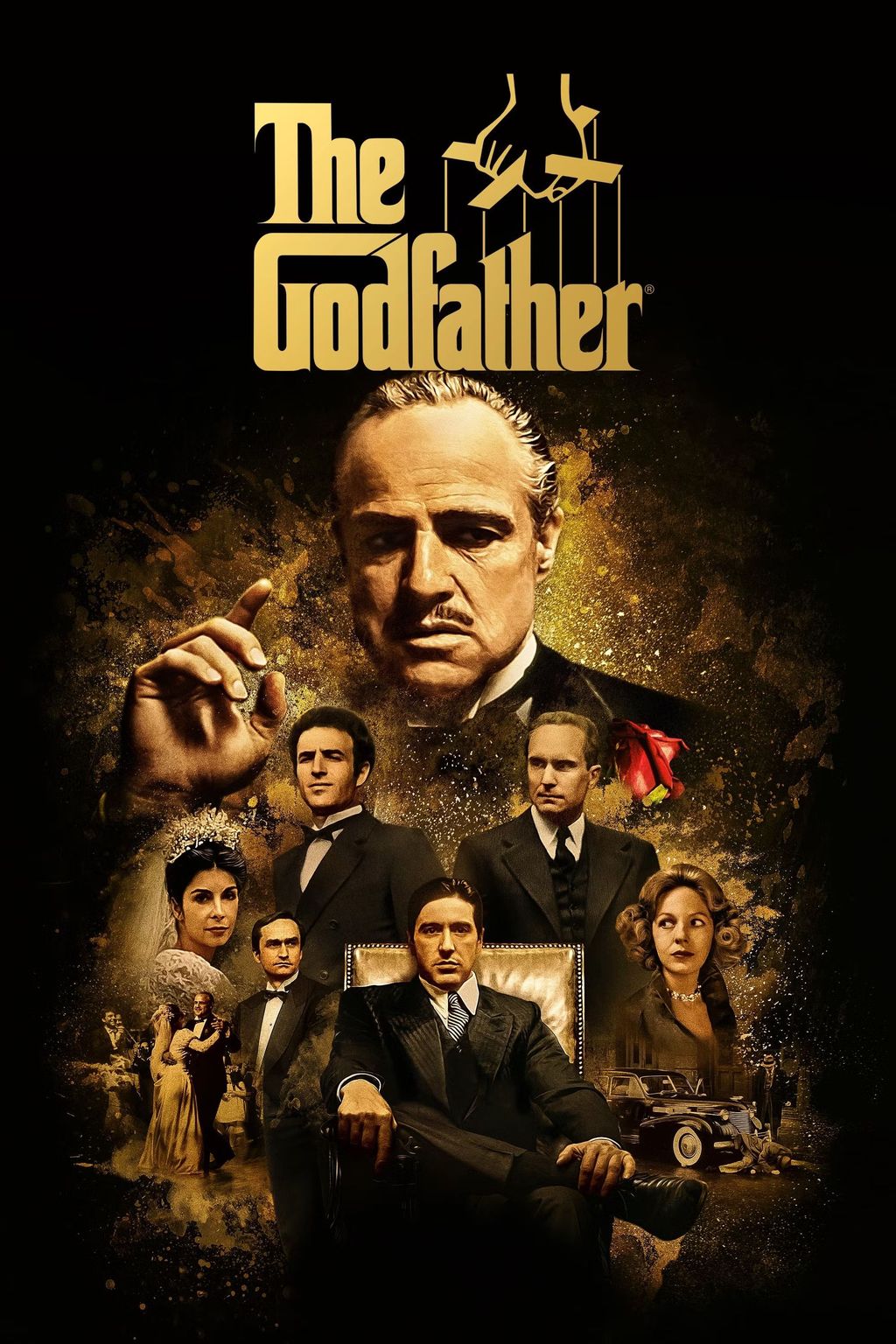
8. **The Godfather (1972)**If you’re ready to dive into one of American cinema’s most revered classics, look no further than Francis Ford Coppola’s *The Godfather*. This cinematic masterpiece meticulously traces the rise and plight of the Corleone crime family, presenting a complex narrative that blends the intimate struggles of family with the brutal realities of organized crime. It’s a profound exploration of power, loyalty, and the American dream, viewed through a uniquely compelling lens.
The film boasts award-winning performances by legends like Marlon Brando and Al Pacino, who deliver some of the most memorable and nuanced character portrayals in cinema history. *The Godfather* seamlessly weaves together intense family drama with the gripping suspense of a crime thriller, creating an experience that is both deeply personal and epically sweeping. Every scene is crafted with such precision that it leaves a lasting impression.
Its deep narrative and incredibly detailed characters make *The Godfather* surprisingly accessible, yet profoundly insightful, for newbies to classic films. You’ll find yourself drawn into the Corleone family’s world, understanding their motivations and their struggles, even as you witness their dark deeds. It’s a film that continues to influence countless stories across various media, a testament to its enduring storytelling power and unforgettable impact.
Read more about: Unveiling the Masters: A Definitive Look at 14 of the Greatest Screenwriters in Cinema History

9. **Roman Holiday (1953)**For a delightful change of pace, let’s jet off to Rome with the enchanting romantic comedy, *Roman Holiday*. Starring the luminous Audrey Hepburn and the charming Gregory Peck, this film is a breath of fresh air, perfectly capturing the magic and romance of Italy’s eternal city. It’s an absolute treat for anyone looking for a lighter, yet equally impactful, classic.
The story follows Princess Ann (Hepburn) who, overwhelmed by her royal responsibilities and rigorous schedule, decides to escape for a day and experience Rome undercover. By chance, she encounters an American journalist, Joe Bradley (Peck), who, despite recognizing her, pretends not to, hoping for an exclusive story. What unfolds is a charming, witty, and heartwarming adventure as they explore Rome’s iconic landmarks together, falling for each other along the way.
The film’s light nature, combined with its gorgeous settings filmed on location in Rome, and Hepburn’s absolutely captivating debut role, turns it into an easy and enjoyable classic to watch. Her performance garnered her an Academy Award, and it’s easy to see why – she brings an unparalleled grace and charm to the screen. *Roman Holiday* is pure cinematic joy, a perfect entry point into the golden age of romantic comedies.
Read more about: Robert Mitchum: The Unflinching Gaze of a Noir Icon’s Life and Legacy

10. **The Sound of Music (1965)**Let’s close our list with a film that will have your heart soaring and your feet tapping: *The Sound of Music*. This iconic musical drama follows the inspiring story of Maria, a spirited governess who brings an abundance of music and happiness to the von Trapp family in Austria, all set against the dramatic backdrop of the looming Nazi era. It’s a film that balances joy with serious historical context, creating a powerful and unforgettable experience.
Filled with catchy songs that have become beloved standards, and a heartwarming story of family, resilience, and finding your voice, *The Sound of Music* is a timeless classic for good reason. It masterfully weaves together elements of history, music, and profound family drama into an easy-to-understand package that appeals across generations. The stunning Austrian Alps serving as its backdrop are just another layer of visual splendor.
From the moment Maria teaches the children to sing, to their daring escape from the Nazis, every scene resonates with emotion and memorable tunes. It’s a movie that truly exemplifies the power of music to uplift and unite, making it an accessible and emotionally rich viewing experience for anyone beginning their journey through classic cinema. Get ready to sing along!
**Why These Classics Are Perfect for Beginners**
So, why should these ten specific films be your go-to starting point for exploring classic cinema? Well, for starters, they collectively span a remarkable variety of genres – from the gripping suspense of a courtroom drama to sweeping historical romances, intense crime thrillers, delightful romantic comedies, and uplifting musical epics. This diverse selection provides new audiences with a truly comprehensive taste of the incredible breadth and depth of classic cinema.
Each of these films isn’t just ‘old’; they are genuinely praised for their groundbreaking content, featuring memorable characters that have become cultural touchstones, and have left an indelible impact on society and filmmaking itself. They showcase the artistry, innovation, and storytelling prowess that emerged from Hollywood’s Golden Age, demonstrating why these works continue to be studied and celebrated today. They are more than just movies; they are cultural artifacts.
Most significantly, these classics continue to be incredibly engaging and relevant, defying their age to captivate modern audiences. This timeless appeal makes them remarkably approachable even for those who might typically shy away from older movies, proving that great storytelling transcends generations. Plus, many of these films have inspired countless directors, serving as direct references in contemporary media, so watching them provides valuable background for interpreting and appreciating modern film. Whether you choose to view them with friends and family for a shared experience or settle in solo for a personal journey, these films offer timeless entertainment and an invaluable glimpse into the very foundations of the filmmaking process.
**Tips for Watching Classic Movies as a Beginner**
Embarking on your classic film journey is exciting, and with a few simple tips, you can maximize your enjoyment and appreciation. Remember, older movies might sometimes have varying styles and pacing compared to the fast-cut, action-packed blockbusters we’re used to today. So, the first and most crucial tip is to simply **view openly**, allowing them the time to develop their narratives and immerse you in their world. Don’t go in expecting a Marvel movie; go in expecting a carefully crafted story from a different era.
Another incredibly helpful tip, especially if you’re new to the accents or dialogue styles of yesteryear, is to **utilize subtitles if necessary**. Certain classics feature distinct accents or rapid-fire dialogue that might be a little challenging to catch at first. Subtitles can be your best friend here, ensuring you don’t miss any crucial lines or witty exchanges, allowing you to fully grasp the story and character interactions without feeling lost.
To truly deepen your experience, consider **doing some research in advance**. A quick search on the movie’s historical context, its importance in cinema, or even anecdotes from its production can significantly enhance your appreciation. Understanding the cultural landscape or the innovative techniques employed can add layers of meaning to what you see on screen, turning a simple viewing into a richer, more informed experience.
And why not make it a social event? **Watch with others!** Sharing the experience with friends or family can make it even more fun and can spark interesting discussions about the film’s themes, characters, and lasting impact. There’s something wonderful about discussing a classic film with others, uncovering different perspectives and sharing your reactions. It turns movie-watching into a shared adventure.
Finally, once you’ve fallen in love with these initial classics, don’t stop there! **Explore related films** by the same visionary directors or starring the captivating actors you’ve discovered. This is a fantastic way to deepen your knowledge and truly immerse yourself in the filmographies of the masters. Think of it as following a breadcrumb trail through cinematic history – one great film often leads to another equally incredible discovery.
Starting your journey into classic movies is truly a rewarding experience, one that promises to open up new worlds of storytelling and cinematic artistry. The ten films we’ve highlighted here – *Casablanca*, *The Wizard of Oz*, *Citizen Kane*, *Psycho*, *It’s a Wonderful Life*, *12 Angry Men*, *Gone with the Wind*, *The Godfather*, *Roman Holiday*, and *The Sound of Music* – represent a perfect blend of accessibility, entertainment, and profound historical importance. They are not just films; they are milestones.
Read more about: Silvia Pinal’s Enduring Legacy: A Deep Dive into the Life and Career of Mexico’s Golden Age Star
By viewing these classics, newcomers aren’t just watching old movies; they’re actively engaging with the very history of film, experiencing some of the most iconic performances ever captured, and becoming part of stories that have entertained and moved people for decades. These films offer a unique window into the past, while their messages and artistry remain strikingly relevant today. So, what are you waiting for? Grab some popcorn, settle into your favorite spot, and prepare to embark on an unforgettable journey through timeless cinema. You’re in for a treat!



